
- Home
- Photography Tours
- Diary / Blog
- Galleries
- Foreign Trips
- Tasmania 2016
- NE Queensland 2016
- Western Alps 2016
- NE Spain 2016
- Australia's Wet Tropics 2015
- Australia's Top End 2015
- SW Australia 2015
- Switzerland 2015
- Andalucia 2015
- Belize 2015
- Australia 2014
- Switzerland 2014
- Belize 2014
- Bahama Islands 2014
- Switzerland 2013
- Ecuador 2012-2013
- Florida 2011-2012
- Vancouver Island 2011
- Australia 2010
- Peru 2008
- Bulgaria 2007
- Lesvos 2006
- California 2006
- New Zealand 2005
- Extremadura 2005
- Goa, India 2004
- The Gambia 2003
- About
October 2015
The "Top End" of Australia
Part 4: Kakadu NP (Mamakula Wetlands)
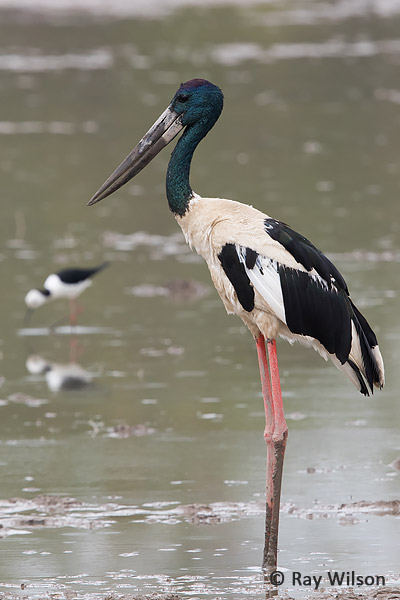
Black-necked Stork (Ephippiorhynchus asiaticus) |
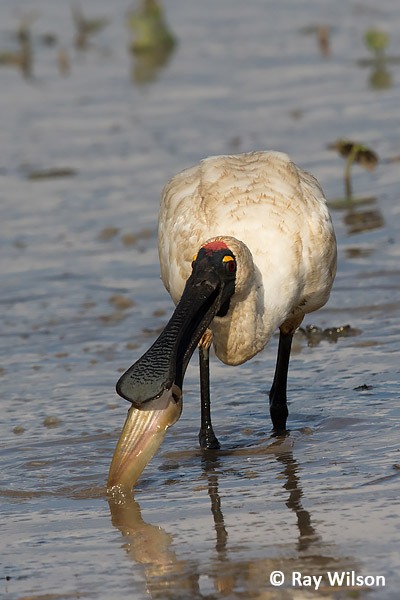
Royal Spoonbill (Platalea regia) |
During the 2 weeks I spent at Kakadu, many of my evenings were spent sitting in the hide at Mamakula Wetlands. The water levels were just about perfect during the time of my visit with huge numbers of waterbirds present. Magpie Geese were particularly abundant and when they took flight (usually due to a particularly noisy tour group turning up) the sky turned black with them.

Magpie Geese (Anseranas semipalmata)
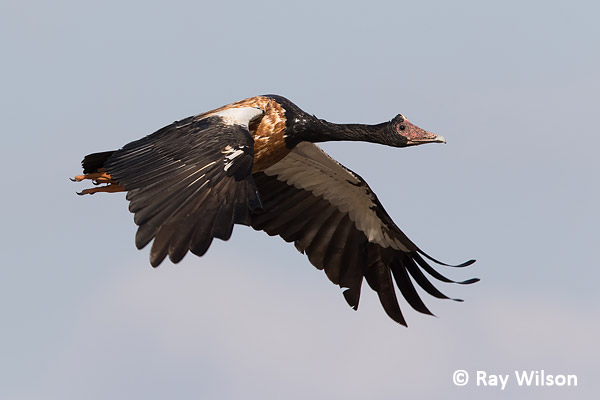
Magpie Goose (Anseranas semipalmata)
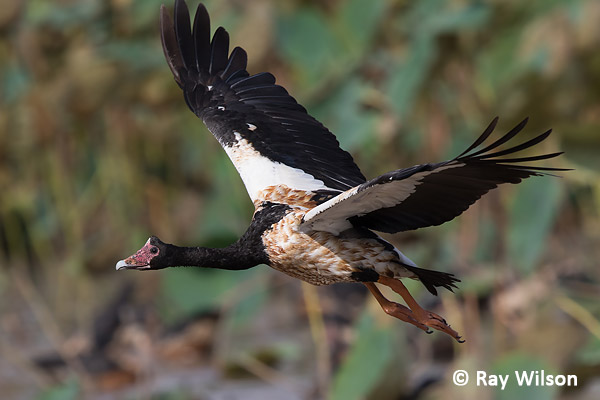
Magpie Goose (Anseranas semipalmata)
The next commonest species was the Plumed Whistling-duck with numbers easily reaching over 1000 birds.
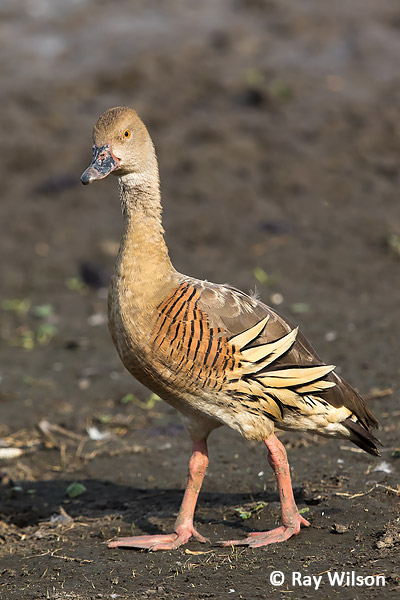
Plumed Whistling-duck (Dendrocygna eytoni)
Its close relative, the Wandering Whistling-duck was much scarcer with only a handful present.
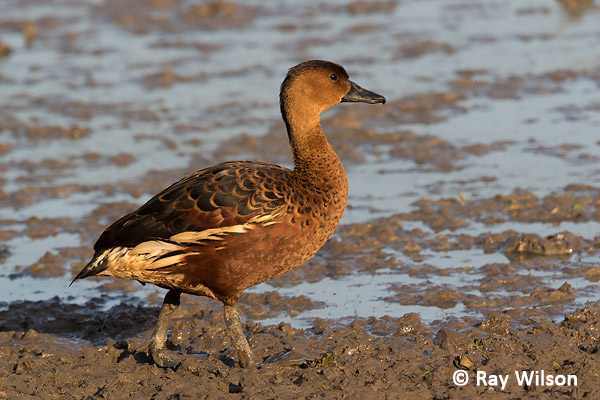
Wandering Whistling-duck (Dendrocygna arcuata)
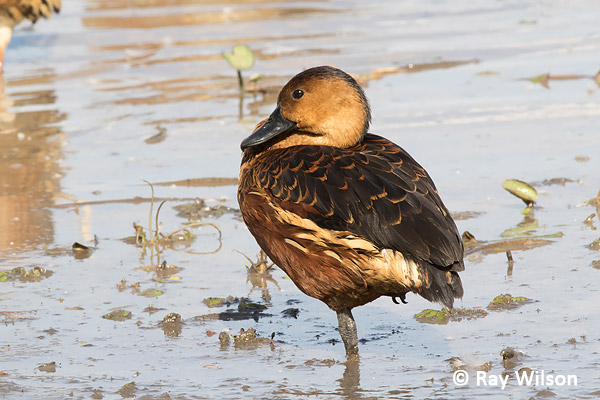
Wandering Whistling-duck (Dendrocygna arcuata)
Pelicans were fairly common, but mostly stayed out in the deeper waters well out of camera range. They did occasionally, however, make a close fly-by...
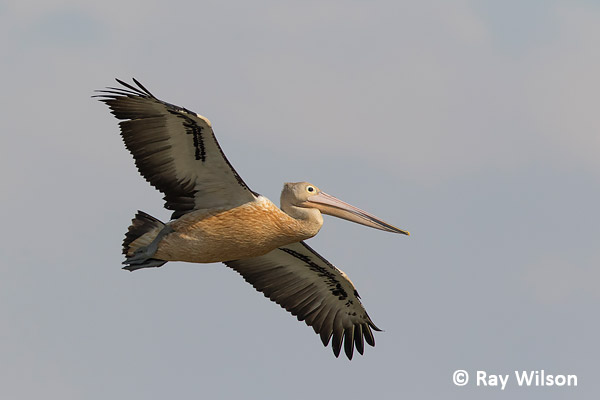
Australian Pelican (Pelecanus conspicillatus)
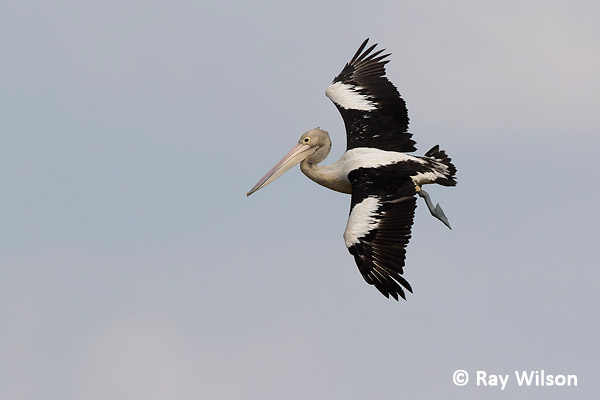
Australian Pelican (Pelecanus conspicillatus)
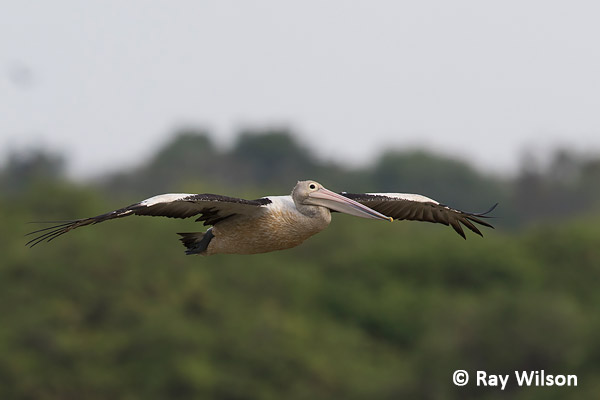
Australian Pelican (Pelecanus conspicillatus)
Almost all of the herons, ibis and spoonbills you can expect to see in Kakadu were present at the wetlands and most of them could be observed at close range as they fed in the shallows just in front of the hide.
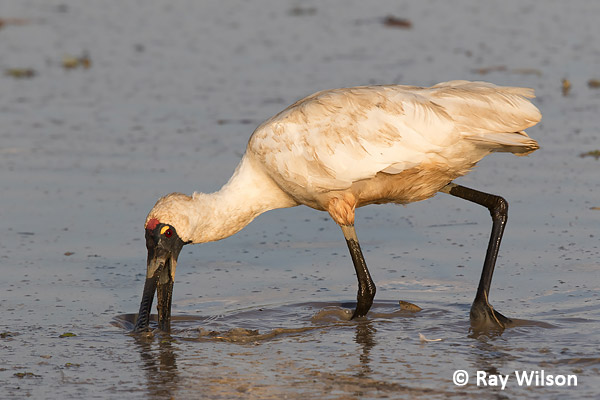
Royal Spoonbill (Platalea regia)
Pied Herons were particularly numerous with several hundred birds present during their peak abundance.
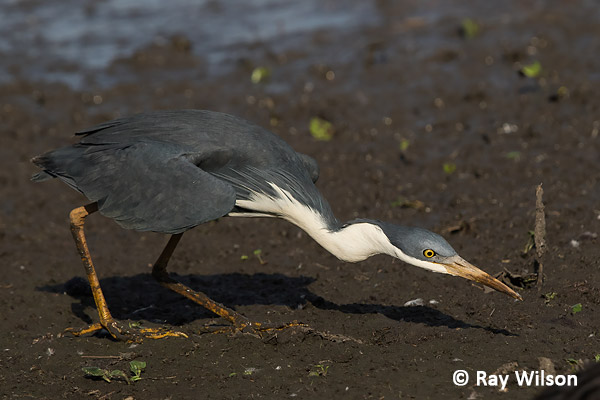
Pied Heron (Egretta picata)
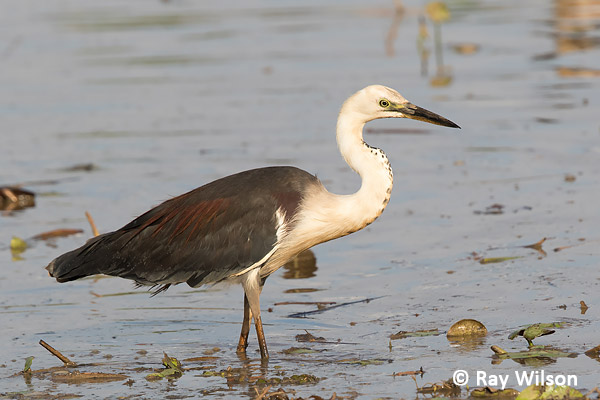
White-necked Heron (Ardea pacifica)
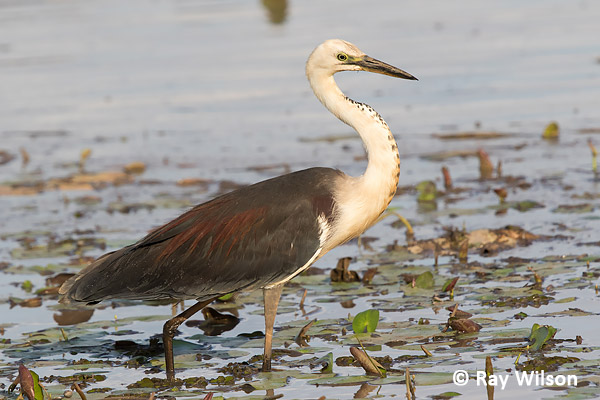
White-necked Heron (Ardea pacifica)
The three common white egrets (Great White, Intermediate and Little) were present in more or less equal numbers.
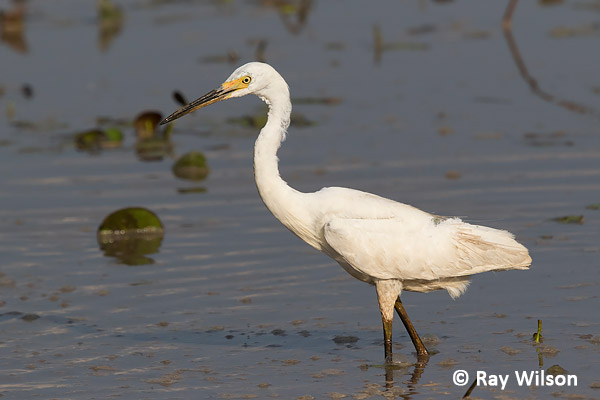
Little Egret (Egretta garzetta)
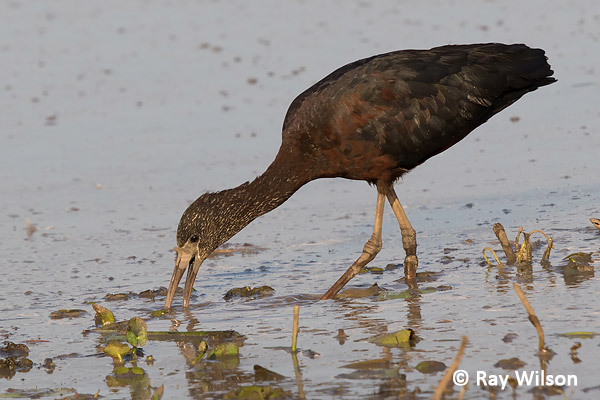
Glossy Ibis (Plegadis falcinellus)
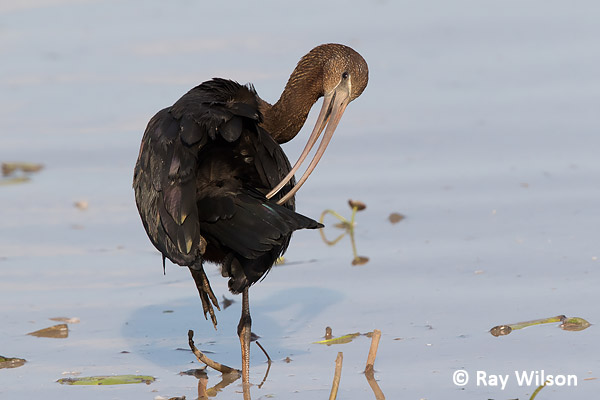
Glossy Ibis (Plegadis falcinellus)
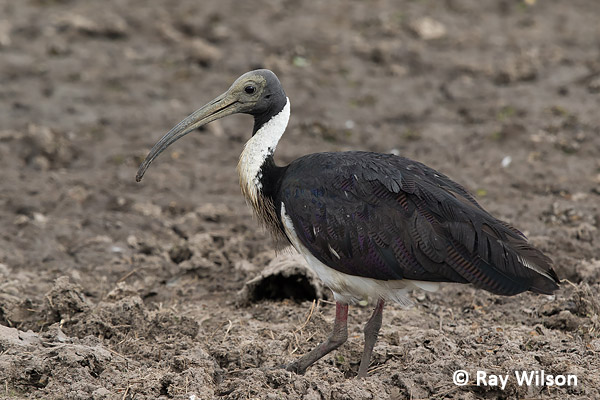
Straw-necked Ibis (Threskiornis spinicollis)
As the sun began to set, Nankeen Night-herons began to become active and a constant stream of them came flying out of their daytime roost to feed among the floating vegetation of the shallow lake.
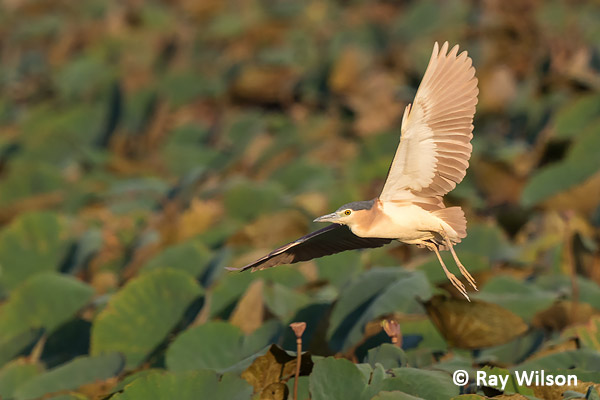
Nankeen Night-heron (Nycticorax caledonicus)
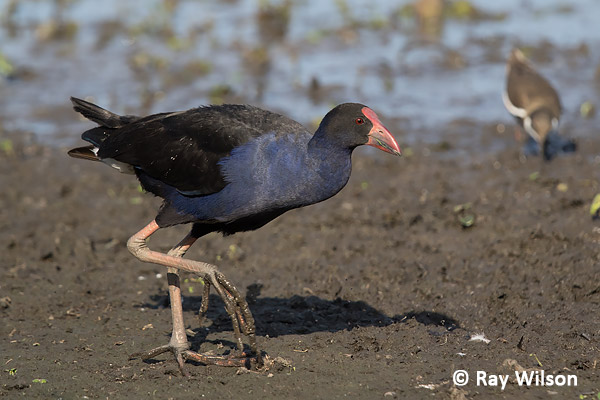
Purple Swamphen (Porphyrio porphyrio)

White-headed Stilt (Himantopus himantopus leucocephalus)
There wasn't very many shorebirds present along the shoreline of the lake, with only a few Sharp-tailed, Wood and Marsh Sandpipers, and Black-fronted and Red-kneed Dotterels present. Unfortunately all of them except for a single Red-kneed Dotterel stayed too far away for me to get decent-sized images.
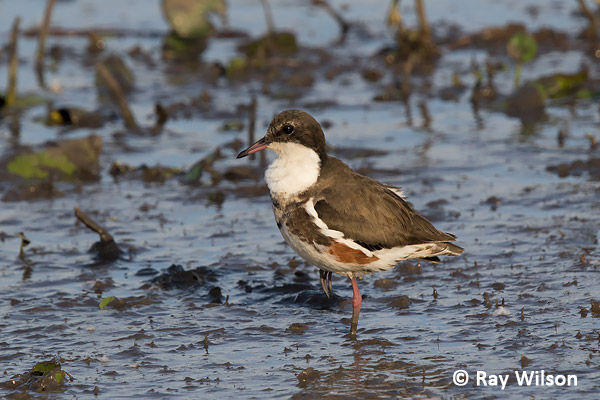
Red-kneed Dotterel (Erythrogonys cinctus)
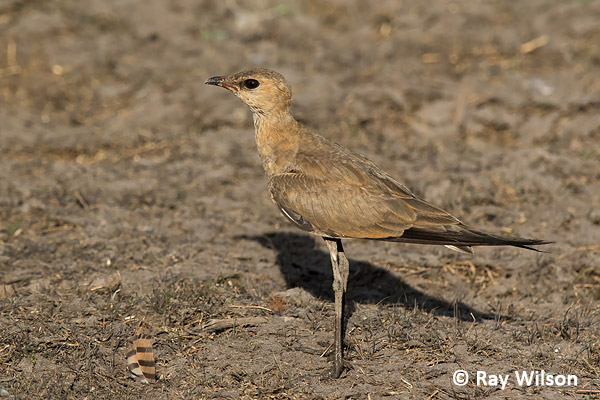
Australian Pratincole (Stiltia isabella)
On the mud in front of the hide a few Australian Pratincoles were running around chasing insects.
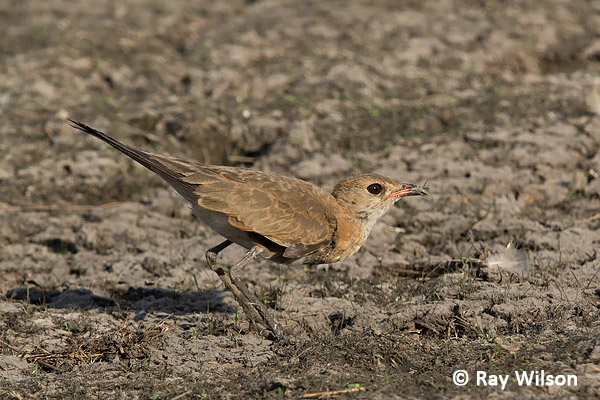
Australian Pratincole (Stiltia isabella)

Australian Pratincole (Stiltia isabella)
One evening, as I was quietly sitting contemplating life, the universe and everything, a Common Bentwing Bat flew into the hide and started flying back and forth along the length of the hide (it is a big hide, about 30-40m long) before it eventually settled on the back wall just behind where I was sitting! It didn't seem at all bothered by my presence as I photographed and examined it at close range and it was still there when I left about 45 minutes later.

Australian Pratincole (Stiltia isabella) |

Common Bentwing Bat (Miniopterus schreibersii) |
In the quiet moments between noisy tour groups, Agile Wallabies came out to graze on the grass below the hide.
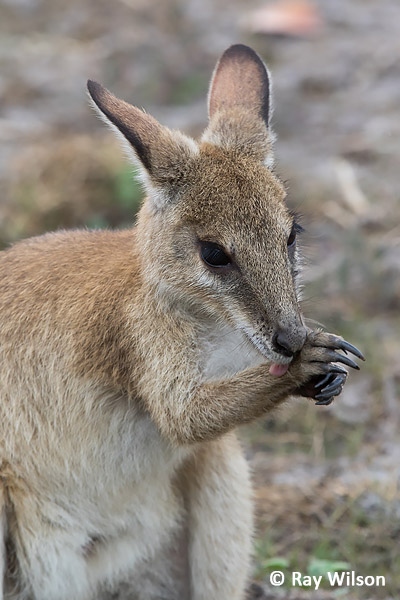 |
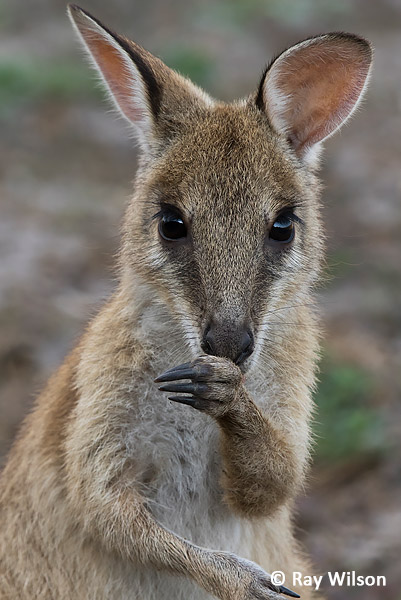 |
Agile Wallaby (Macropus agilis)
The wallabies made a perfect vantage point for a Willie Wagtail to survey the area for insects disturbed by the feeding activity of the wallabies.
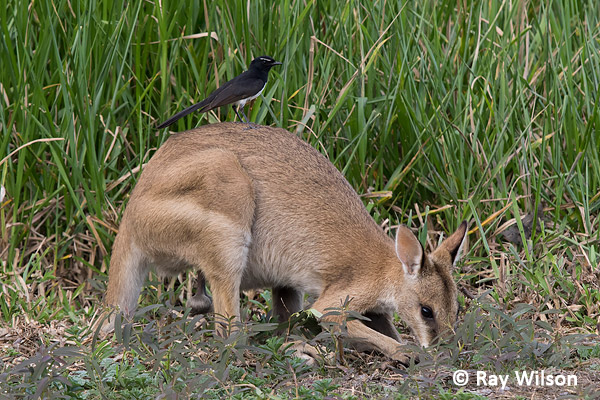
Willie Wagtail (Rhipidura leucophrys) using an Agile Wallaby (Macropus agilis) as a perch
It wasn't such a perfect perch when the wallabies stood erect to investigate a perceived threat...
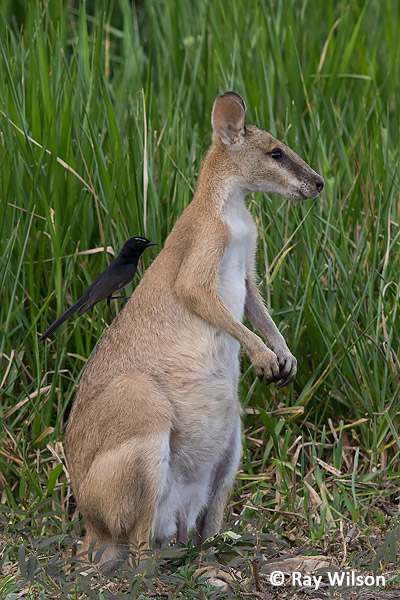
Willie Wagtail (Rhipidura leucophrys) using an Agile Wallaby (Macropus agilis) as a perch
They also used branches as perches when there were no compliant wallabies around...
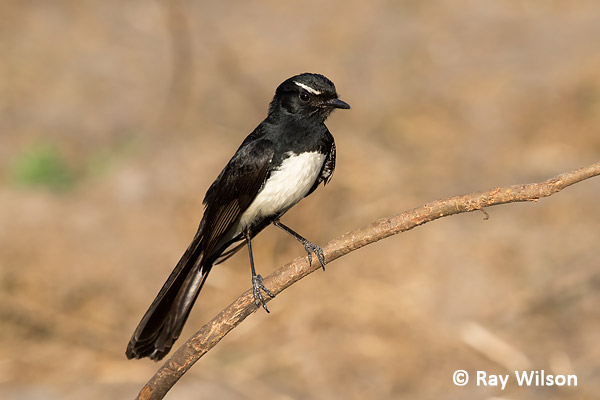
Willie Wagtail (Rhipidura leucophrys)
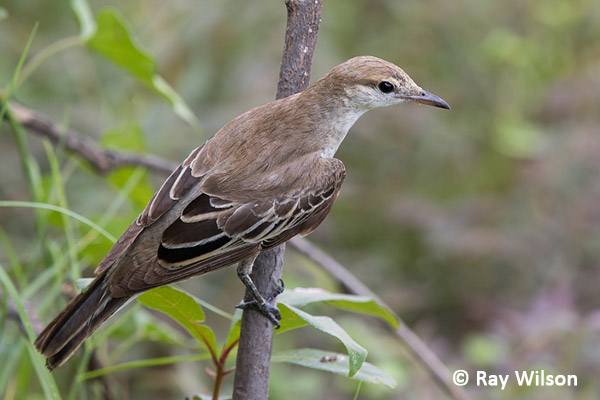
female White-winged Triller (Lalage tricolor)
A pair of White-winged Trillers were nesting nearby and occasionally foraged for insects in the bushes immediately in front of the hide.
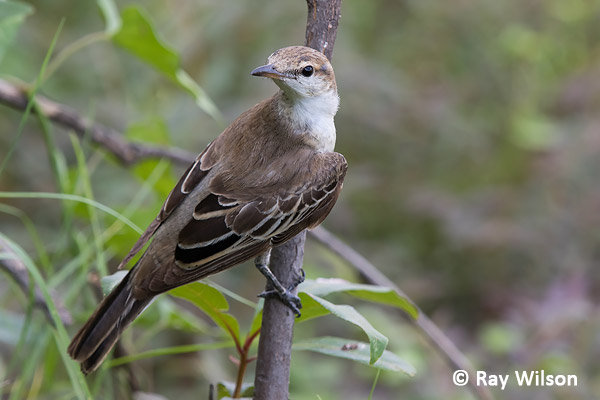
female White-winged Triller (Lalage tricolor)
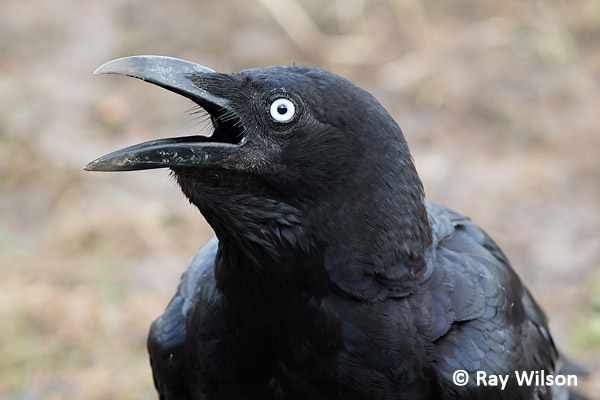
Torresian Crow (Corvus orru)
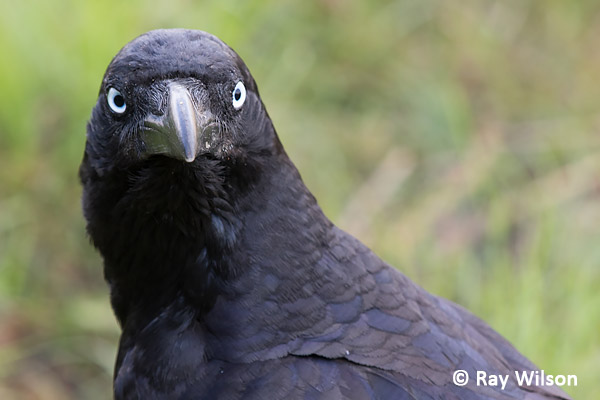
Torresian Crow (Corvus orru)
Ray Wilson owns the copyright of all images on this site.
They may not be used or copied in any form without prior written permission.
raywilsonphotography@googlemail.com